Greenside Tunnel
Greenside Tunnel
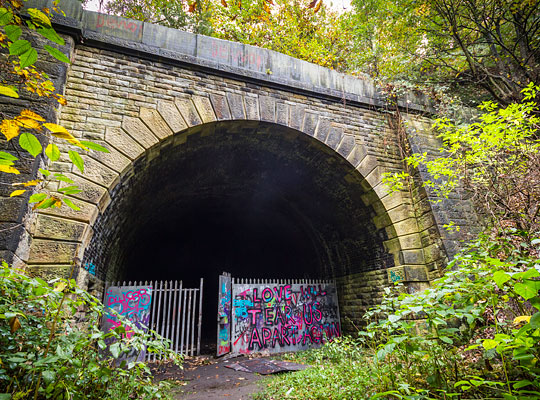
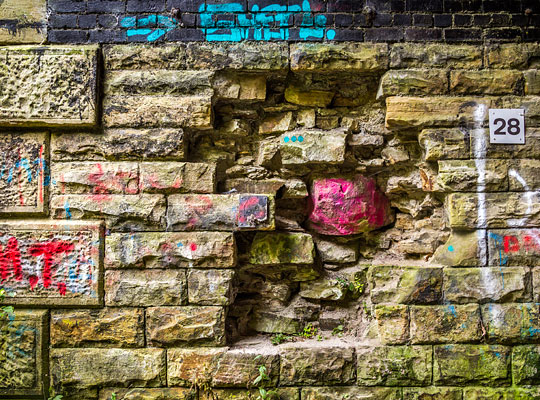
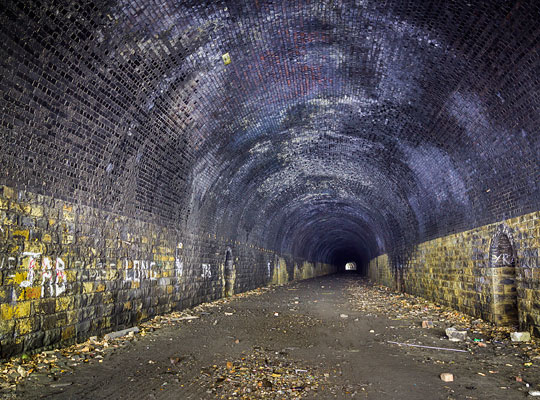
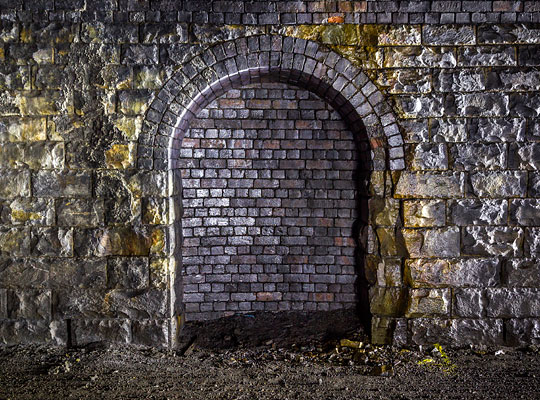
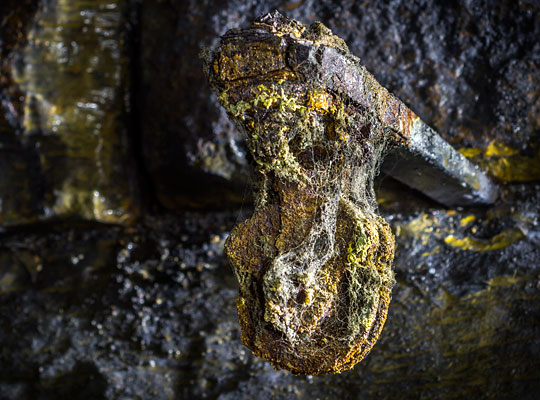
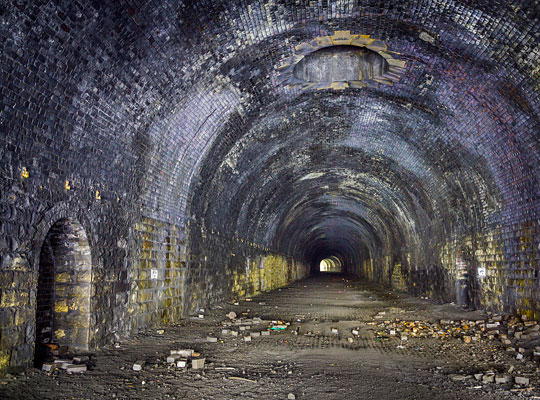
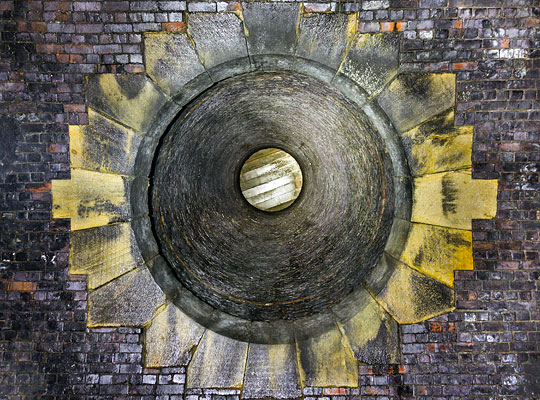
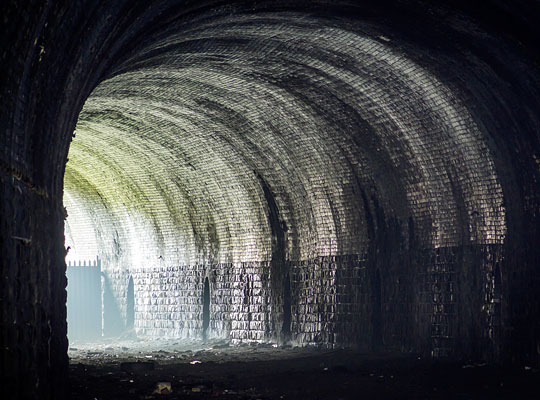
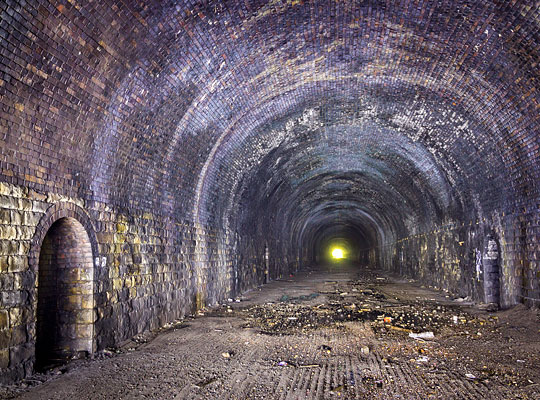
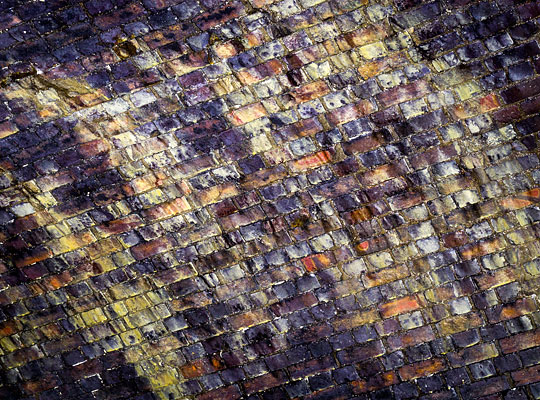
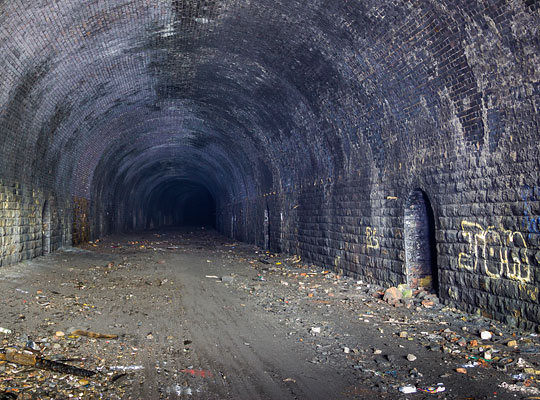
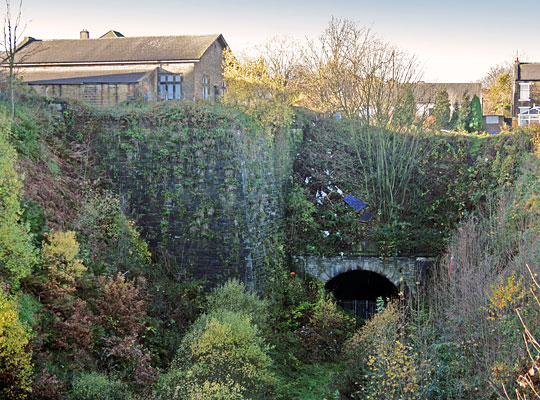
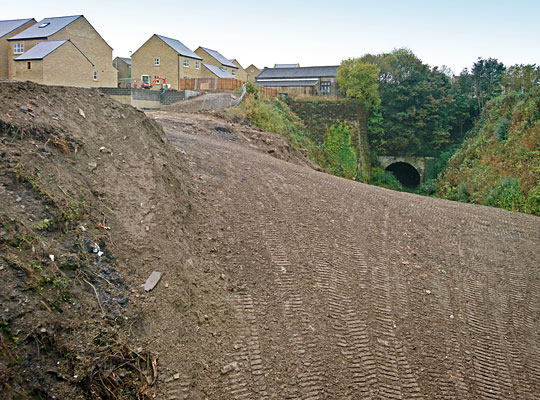
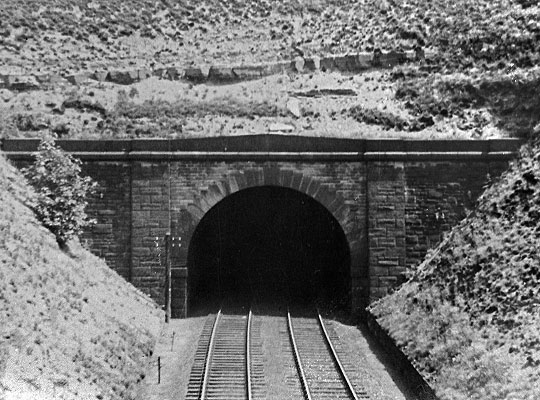














In 1882, the Great Northern Railway entered into an agreement with the Lancashire & Yorkshire Railway to build a collection of short connecting lines which, together with a mutual assignment of running powers, allowed both companies to improve the services they offered.
Amongst these new infrastructure projects was a relaying of the single-track Pudsey Greenside branch to provide two lines and a westwards extension to meet the Tingley-Laisterdyke route at Cutlers North/Broad Lane junctions. This became known as the Pudsey Loop. A short spur was also built from Dudley Hill to Low Moor. The scheme enabled the L&Y to reach Leeds whilst the GN could improve links to Leeds and London from the Spen valley towns.
Work on the extension demanded the construction of an embankment across the valley of Tyersal Beck containing almost 600,000 cubic yards of material and reaching 110 feet in height; thus, it was amongst the highest in England. Also required was a 618-yard tunnel. Around 150 yards to its east was Greenside’s terminus station, the intervening section being entirely in a cutting which was spanned by Carlisle Road bridge.
Responsible for engineering the line – at a cost of about £200,000 – was William Myers-Beswick who, by this time, was the only surviving partner of John Fraser & Sons. The firm also designed the route’s stations. Awarded the construction contract was Charles Barker & Sons.
Navvies began to arrive in Pudsey early in January 1890, ahead of the first sod being cut on the 15th. The ceremony took place at Westroyd Hill, site of the westernmost construction shaft which was subsequently made permanent for ventilation purposes. A second, temporary shaft was sunk around 200 yards further east on land acquired from the owners of Pudsey Brickworks.
By springtime, a workforce of around 200 was employed on the works. At the tunnel’s western end, a Jubilee steam navvy – which could do the work of 20 or 30 men – assisted with digging out the approach cutting, whilst progress was being made around-the-clock with the heading. Within a year, the heading was through – allowing wagons to pass from one end to the other – with 100 yards of the tunnel fully excavated and lined; the ventilation shaft had also been completed. Work on the tunnel was finished on 16th January 1892, the end of a programme lasting exactly two years.
Accidents occurred with expected regularity. A jury at Bradford County Court awarded miner James Reaver £200 in damages for injuries sustained on 15th June 1891 when he thrust a steel rod into a hole within which a charge had been errantly left. A sudden explosion followed, causing one of his arms to be shattered, as well as severe injuries to his head and other arm. The contractor admitted liability.
In August 1891, a navvy was descending a ladder into the tunnel when his foot slipped, resulting in a fall of about 30 feet and serious injuries being sustained, including a broken back. He was removed to his lodgings at Hill Top where Dr Hunter attended to him. And on 9th March 1892, an 18-year-old named Crow – engaged in shunting operations at the eastern end of the tunnel – was crushed between the buffers of two wagons. He survived for just 20 minutes.
Scandal attended on the night of 3rd January 1892 when Fred Smith – known on the works as ‘the gallant tunnel man’ – eloped with Mrs Jackson. |The local newspaper reported that “Not the slightest trace has been discovered as to the direction in which they have gone. The woman appears to have carried nothing off with her except her own clothes, therefore the case is scarcely one in which the police are likely to interfere.” Mr Jackson was said to be “disconsolate”.
Major Yorke inspected the new railway for the Board of Trade on 24th October 1893 and trains started running a few days later.
In 1939, P Henry Turner, chief chemist to the London & North Eastern Railway, reported to the Permanent Way Institute that a single 85lb bullhead rail – located partly beneath the ventilation shaft in Greenside Tunnel – had corroded unequally along its length to an equivalent weight of 78lb per yard. However, directly under the shaft – where falling water caught rising smoke and deposited sulphuric acid on the rail – it had corroded to 62lb per yard.
Formal closure of the Pudsey Loop occurred on 6th July 1964. Three years later, New Pudsey Station opened to serve both the town and adjacent Stanningley.
Greenside Tunnel is curved at both ends to follow an S-shaped alignment and has a falling gradient to the west. Construction takes the form of vertical stone sidewalls – around 7 feet in height – and a brick arch, built in 15-foot lengths. The structure is in generally good condition with very little water ingress. It measures 27 feet wide and has brick-built refuges at centres of about 1 chain, alternating between sidewalls.
The ventilation shaft is located 235 yards from the western entrance; the surrounding brickwork is damp. The shaft is now capped with concrete beams and buried beneath an area of rough ground in front of several garages. The hidden construction shaft is suspected to be 169 yards from the tunnel’s eastern end, in the back garden of a new house. There is considerable water ingress at this location, with some spalling to the brickwork and flattening of the arch, particularly at the high haunch on the south side.
Cable hangers run throughout the tunnel at springing level on the north side; there are also several signalling pulleys still in situ.
The stone portal at the east end sits below near-vertical retaining walls on the south side of the approach cutting. The entrance is partly blocked by tipped spoil/debris and partial infilling of the cutting – associated with the construction of adjacent housing – was progressed in 2017, preventing vehicular access to the portal for maintenance purposes. The attractive west portal is a substantial affair, built in stone and featuring buttresses and wing walls to each side. A 2m2 patch of facework is missing just beyond the quoins at the end of the north sidewall.
A local campaign group was constituted in 2017 to promote the idea of laying a cycle path through the tunnel.







